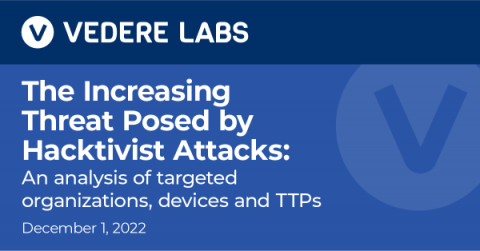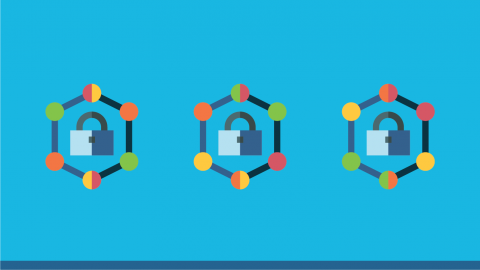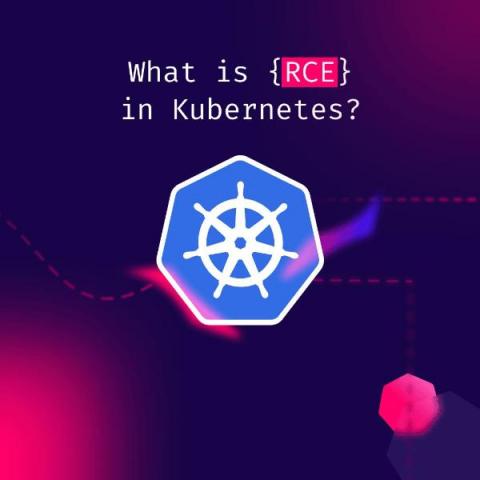Why Threat Intelligence Matters To Your Organization?
Technological advancements have revolutionized the world’s cultural and economic institutions in almost every aspect. Unfortunately, they have also brought risks in the form of cyber threats. While there are various ways to mitigate such threats, paying importance to threat intelligence can make a difference to your organization.










